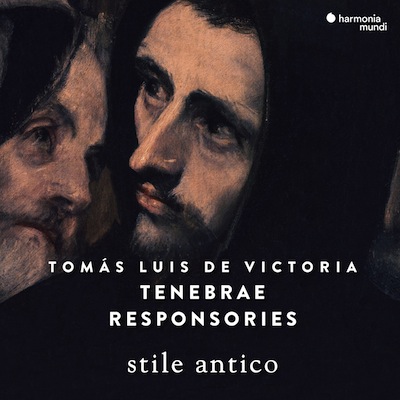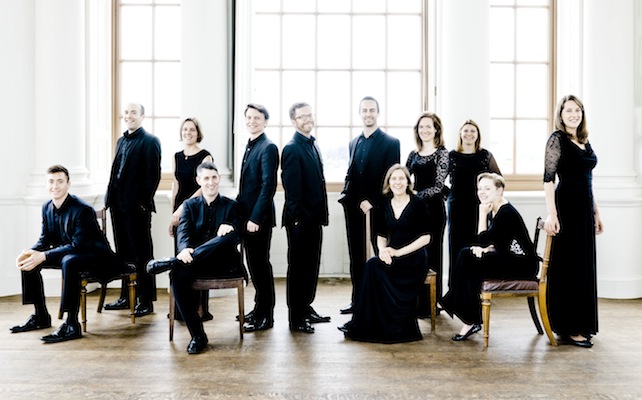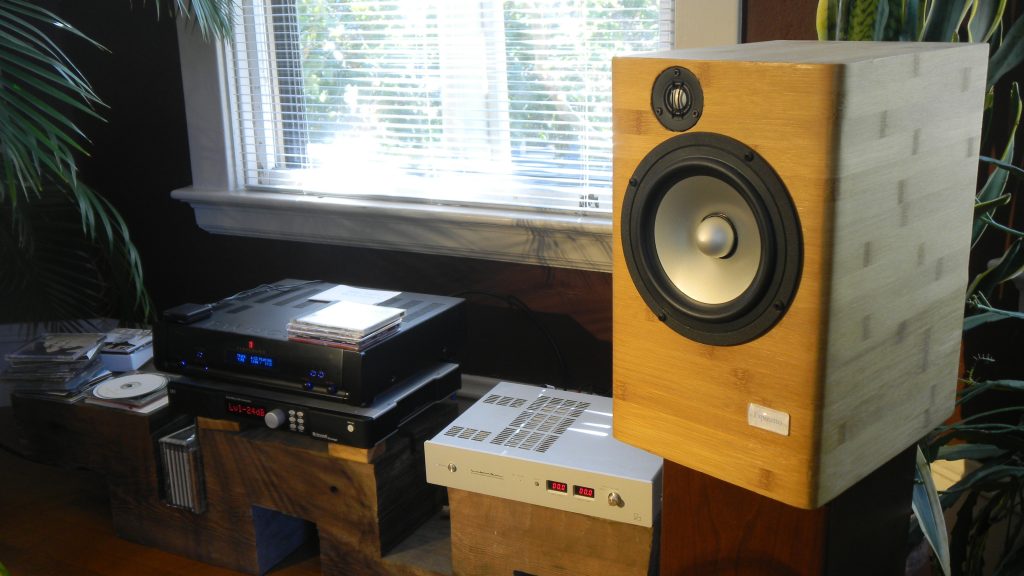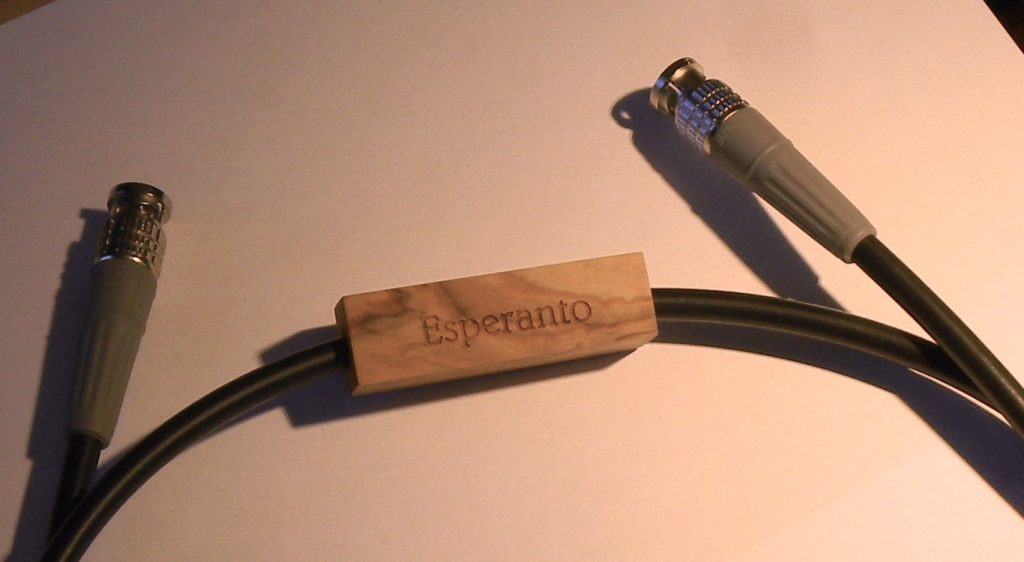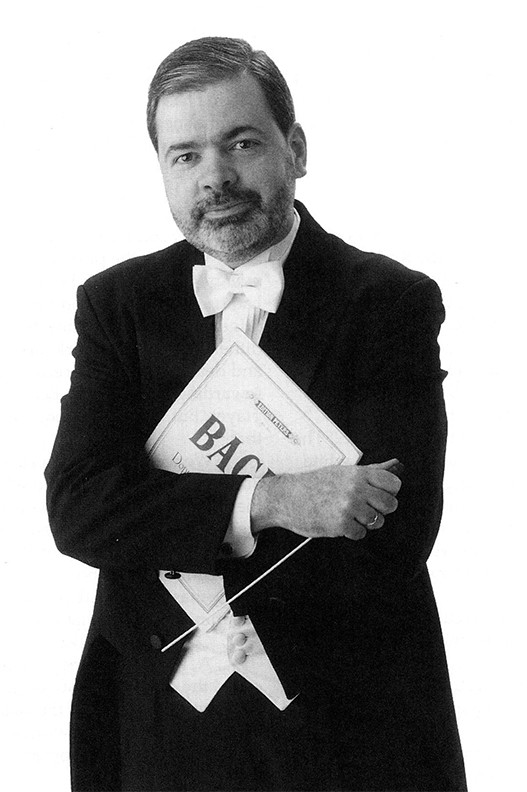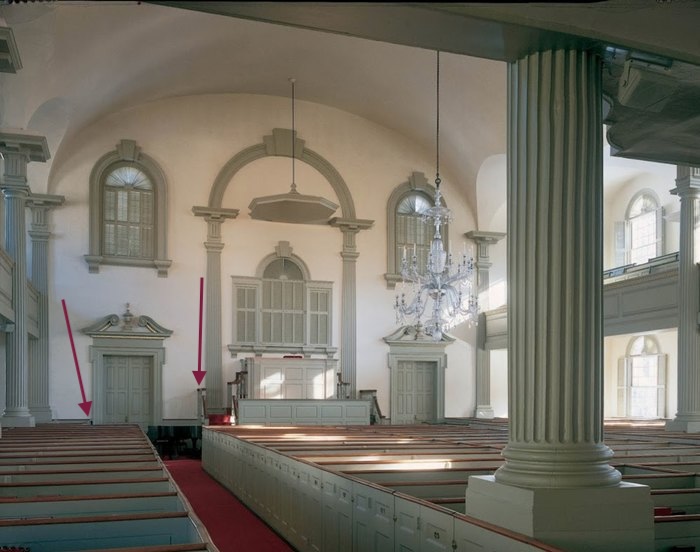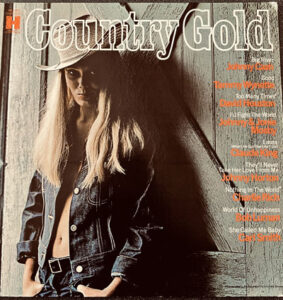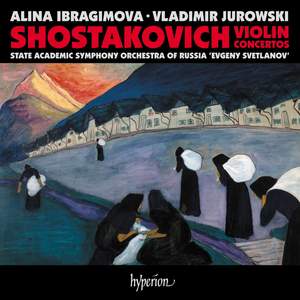It's good to have our dear friend John Marks back in our pages again. As always, he brings light and insight to music that's worthy of our careful attention. A valuable guide, he!
In this essay, he covers the Harmonia Mundi recording of Stile Antico's performance of de Victoria's exploration of the passion of the Christ during the Passover week in Jerusalem just before his crucifixion and resurrection.
Thanks to John for such a timely reflection for this week and weekend.
And a happy Resurrection Day to all!
Dr. David W. Robinson, Ye Olde Editor
Stile Antico: Tomás Luis de Victoria, Tenebrae Responsories for Holy Week CD Harmonia Mundi HMM 902272 Downloads (24-bit/88kHz AIFF, ALAC, FLAC, and WAV stereo) available from HDTracks. Streaming available from Tidal and Apple Music. Recorded at All Hallows' Church, Gospel Oak (North London) England, February 13-17, 2017. Robina G. Young, producer; Brad Michel, engineer.
The British early-music group that calls itself "Stile Antico" once again proves that they are, without doubt, one of the most impressive vocal ensembles before the public today. I Imagine that their group name just might be a bit of an insider's joke—stile antico is a musical term used (from the early 1600s on) to characterize the continued creation of new but historically-conscious "old style" music.
The composers of stile antico music declined to embrace the emerging Baroque stylistic trends of increasingly elaborate ornamentation and more complex (and freer) counterpoint. Stile antico composers regarded the works of older composers (especially Palestrina) as ideals that could not be surpassed—a position that was still being put forward (believe it or not) even as late as the 1870s (at least in the realm of sacred music)… .
The group Stile Antico's "Unique Selling Proposition" is that they work without a conductor or music director, in this regard being more like a chamber-music instrumental ensemble than an orchestra. While this might seem a very daunting prospect, I think that with so much of the repertory being four-part scores (two high voices and two low voices), hashing things out should be no more difficult than, say, when a string quartet's members decide among themselves how a movement (such as the slow movement of Beethoven's op. 127) should be played. (Irony alert.)
I was rather agog at Stile Antico's 2006 debut SACD Music for Compline when I wrote about it for Stereophile magazine, and they have continued at that high level for more than 10 years. Their articulation, phrasing, and ensemble work are among the best; but what really sets them apart is the lush richness of their vocal sound. Arkivmusic.com has Stile Antico's Music for Compline on offer at $9.99, which I gather is a 10th-anniversary non-SACD CD reissue. That one's a no-brainer. Just buy it. The o.o.p. SACD version is available from third-party sellers on Amazon, at prices ranging from market-correct to delusional. (But I did tell Stereophile‘s readers to just buy that, more than 10 years ago.)
Here's a making-of video of Stile Antico's Tenebrae Responsories, some background and commentary, and a few sound bytes.
Tomás Luis de Victoria (1548-1611) wrote his Tenebrae Responsory motets for Holy Week while in Rome, and published them in 1585 as part of a larger collection of music for Holy Week. Victoria is now generally regarded as the greatest composer of the Spanish Counter-Reformation, and one of the most important composers of sacred music during the Renaissance. Victoria's musical style was of a piece with Spanish painting of the Renaissance: surprising contrasts, in the service of intense mysticism.
Indeed, the contrast between light and dark was what characterized the Tenebrae service for Maundy Thursday, which took place from late afternoon to early evening on Wednesday of Holy Week. As the service progressed through the monastic hours of Matins and Lauds, the candles in the church were extinguished one by one, at the end leaving the church in darkness.
The customarily excellent liner notes (by singer Matthew O'Donovan) point out that a modern recording can't help but wrench Victoria's motets out of their historical context as, for lack of a better term, "polyphonic conversation sparklers" in very lengthyEastertide services consisting mostly of Scripture readings and Plainchant. And by "lengthy," I mean, you should be thinking of Rachmaninoff's All-Night Vespers.
So, in order to provide more contrast and more context, Stile Antico includes, after each day's set of responsories, excerpts from the readings from the Lamentations of Jeremiah (from the first nocturn of each day), sung to a Plainchant setting. The final track is a six-voice motet, "O Domine Jesu Christi," which is cut from the same bolt of cloth as, but which is not from, the Tenebrae Responsories. Its quiet beauty (which includes dynamic development and more tonal adventurousness) is the perfect thing to lend closure to what might otherwise be a program that, by its very nature, can only tell less than the entire story of Holy Week.
Photo: Marco Borggreve
Track 1 Maundy Thursday Responsories "Amicus meus" (excerpt)
Track 9 Good Friday Responsories "Tenebrae factae sunt" (excerpt)
Track 15 Holy Saturday Responsories "Recessit pastor noster" (excerpt beginning at first responsory)
Track 21 Plainsong: De lamentatione Jeremiae Prophetae (excerpt)
Track 22 Motet: "O Domine Jesu Christe" (excerpt)
Highest recommendation.
And: A blessed Easter to all.




